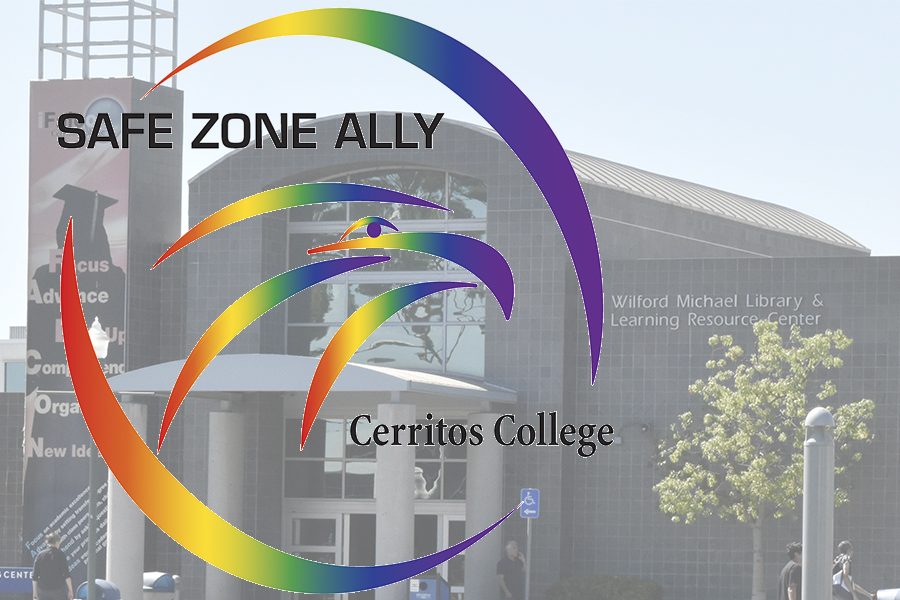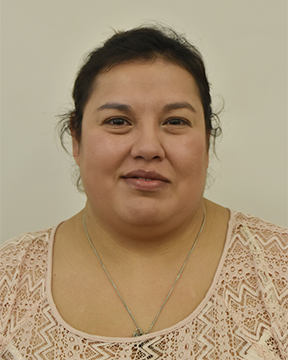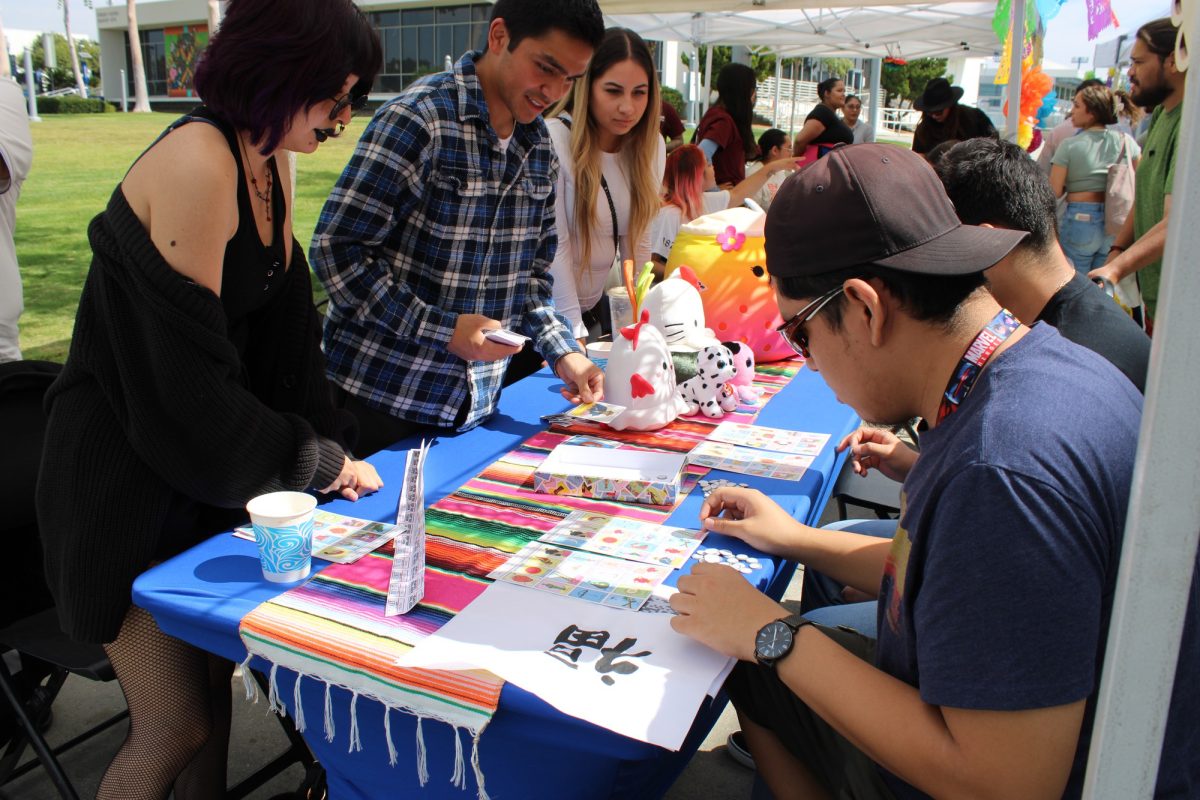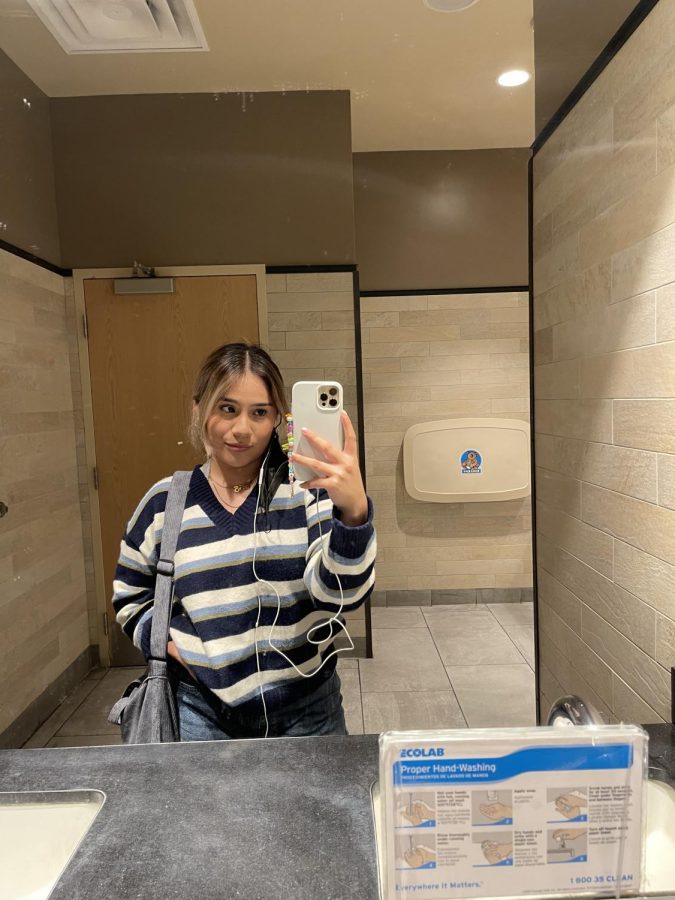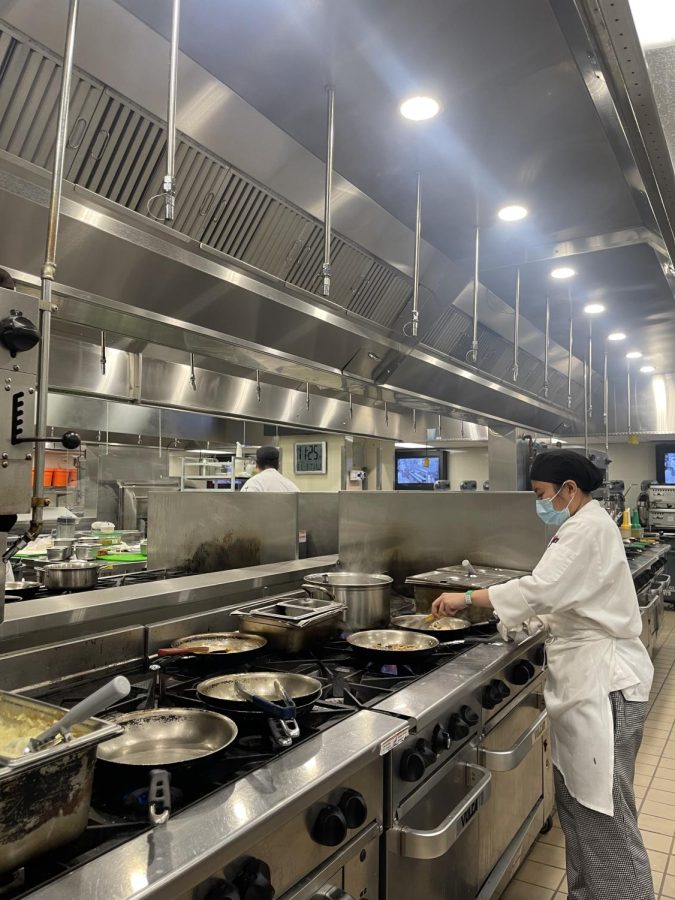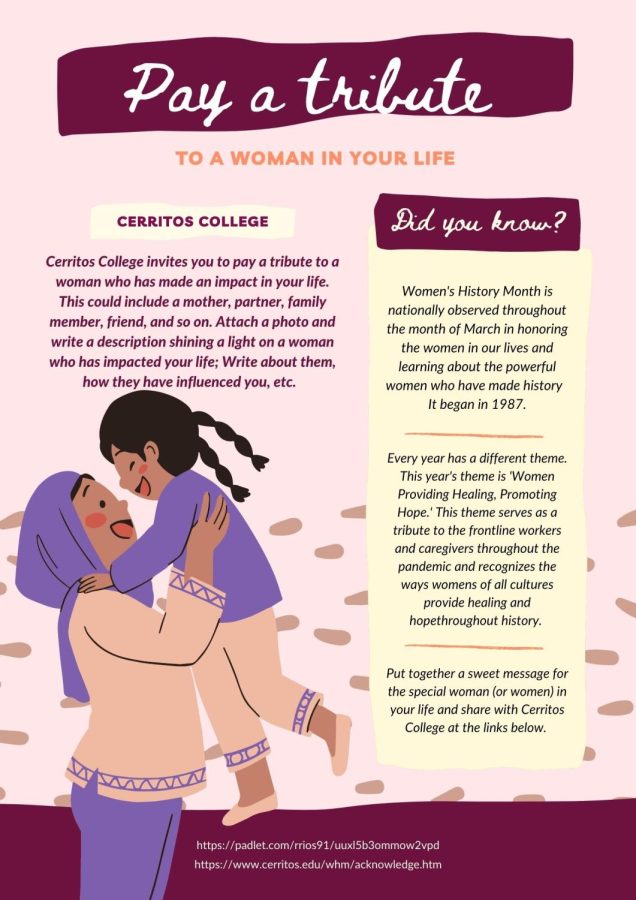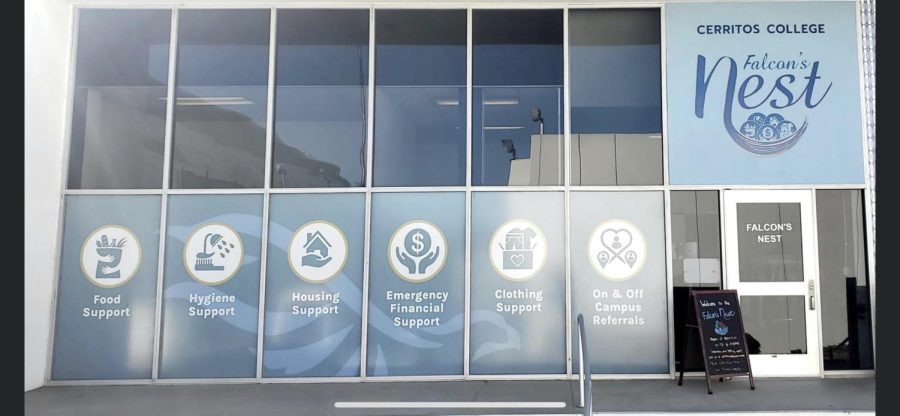The Safe Zone program is not just another sign that is posted around campus.
For undecided major Jessica Summers, it is a comforting sign that reminds her there are people on campus who will understand her individual struggle as a transgendered student.
Summers said, “I recently came out. It was just a few months ago and I didn’t want to start the school year as not being myself. I was a little terrified because it was going to be one of my first true experiences in society with people I’m going to see every single day.
“Early in the semester I ran into Amna Jara, Student Activities coordinator, I was like ‘hi’ and she didn’t recognize me and I explained to her who I was and it clicked and that’s when I found out about the campus being a safe campus […]
“I started noticing all the little signs that say where it’s a Safe Zone and where I can go to if I need help or anything.”
The person responsible for starting the Safe Zone Program is now the Safe Zone Program Coordinator Lance Kayser.
He explained how the Safe Zone program was started on campus, “In fall 2012 I wanted to create a Safe Zone here at Cerritos, so I started talking to my dean [ David Fabish, Dean of Liberal Arts] and one of the VP’s who’s no longer here at Cerritos and they were both supportive.”
“So I worked with human resources to begin the process, the first part was we created a committee with different people […] who were all invested in making sure Cerritos was a safe space for students, particularly LGBT students once we did that we began first by [going to] Cal State Long Beach and we did its Safe Zone training first to go through it ourselves and to get ideas and [Cal State Long Beach Safe Zone program was] very nice and giving and it allowed us to use some of the programs objectives, which are the following:
- Have Safe Zone allies to utilize gained knowledge and skills to foster a supportive and safe atmosphere for LGBTQ students, faculty, and staff.
- Have Safe Zone training participants become part of an identifiable campus network of Safe Zone Allies.
Kayser said there are about 275 faculty members, staff, administrators and about 90 students that are a part of the ally network.
Those individuals have three main things that are tasked to-do according to Kayser:
- First is to listen, if someone comes to you with an issue or a question just listen sometimes that’s all that is needed.
- Second is to help if you can, if there is something that you can directly do to help them, obviously you’re going to do it.
- Third is to refer, if you get a question or an issue that you can’t solve […] then you would refer to the Health Center if they need testing or if they need psychological services, or some other service, we also have on the [Cerritos College Safe Zone] website http://cms.cerritos.edu/safezone/ services outside of the campus as well.
Title IX Coordinator Valyncia Raphael experienced and completed the Safe Zone training she said, “We did some activities and had some discussions based on what it might be like for a student that is identified as LGBTQ.
“What’s it like to have a really really big part of [their] identity that is hidden from people, and how hard it might be for someone that’s in the closet or not out.
She added, “Some of the exercises try to help us empathize with someone who might be in the closet and become familiarized with terminology and some realities of the LGBTQ identity.”
Empathy and acceptance is what Summers wants to have from her peers and her teachers, “I just want acceptance, I just want when people look at me they see who I am, when I tell them that my name is Jessica they don’t question me and be like ‘that’s your name?’”
The U.S. Department of Justice and the U.S. Department of Education issued a dear colleague letter where examples and guidance were provide on how to be compliant with the Title IX regulations.
Raphael’s position as the school’s Title IX coordinator implements regulations that prohibit sex discrimination in educational programs and activities. It also prohibits discrimination based on a student’s gender identity and discrimination based on a student’s transgender status.
Some students on campus do not know about the Safe Zone program or the Title IX regulations.
In the future, Raphael plans on creating a group with students to work on Title IX issues that students on campus have.
Interested students should e-mail Raphael at vraphael@cerritos.edu their contact information and state they would like to be a part of the group.
Undecided major Sebastian Lopez said he did not know that the campus had a Safe Zone program.
However, he stated, “I figured it would be like that [have a program that prohibits discrimination] and it should be like that.”
Zoology major Sara Hernandez also did not know about the Safe Zone program on campus.
She said, “There should be equal rights for everybody […] I feel like everybody respects each other, respects everybody’s decision.”
Summers states, “It’s understanding, it’s acceptance that’s what I want from my peers, I just want the acceptance and so far, I’ve gotten it.”
However, there is one issue that Summers is asking help with, that is feeling comfortable using the women’s restrooms on campus.
She realized that using the restroom was an issue when she was talking to her friend and asked, “Which bathroom can I go to that has the least foot traffic and I didn’t realize that I asked that so she told me and I went and the bathroom that I ended up going to was very busy, but I had to go and I didn’t want to go find another bathroom, […]
“Then it dawned on me that’s an issue, that’s a problem, I had to ask these things which bathroom am I not going to find people because I feel uncomfortable because I don’t want to upset anybody? And I shouldn’t have to feel like that.”
Both Raphael and Kayser are looking into the school designating single stall bathrooms which anyone who feels the need for more privacy can use.
Summers concluded “I’ve been so thankful to a lot of people here on campus for reaching out to me, and talking to me, seeing that’s an issue and trying to help me do something about it.
To them I say thank you because there is no way I could have taken my classes this semester and done the work to my potential behind all of the stress, behind you know, figuring myself out.”


